The regrouping of large fish families continues. After the barbs, armored catfish and cichlids, it’s now the turn of the characins. A major revision was published in September 2024, prompting us to retrain once again. Not all tetra species have been included yet, so it will certainly take a few years before the new name combinations are generally used. We are also being conservative and cautious for the time being and are waiting to see what the future brings.
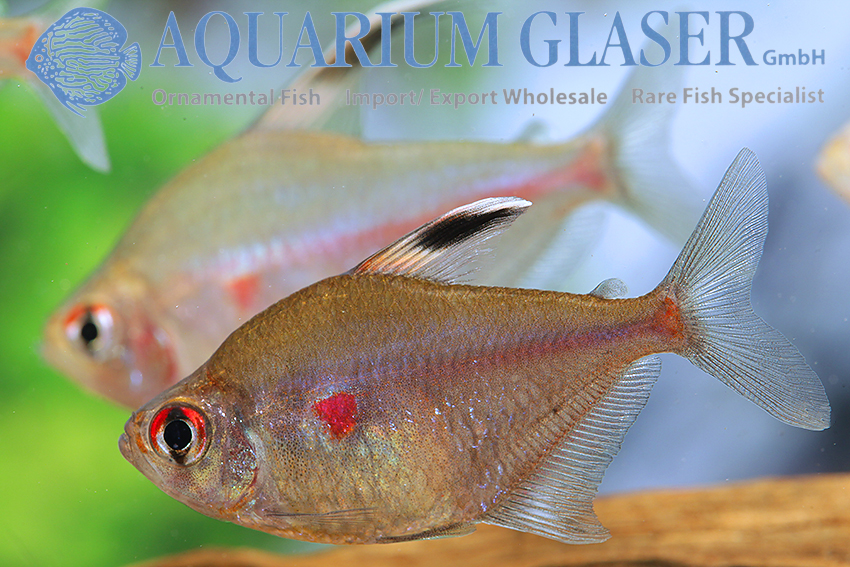
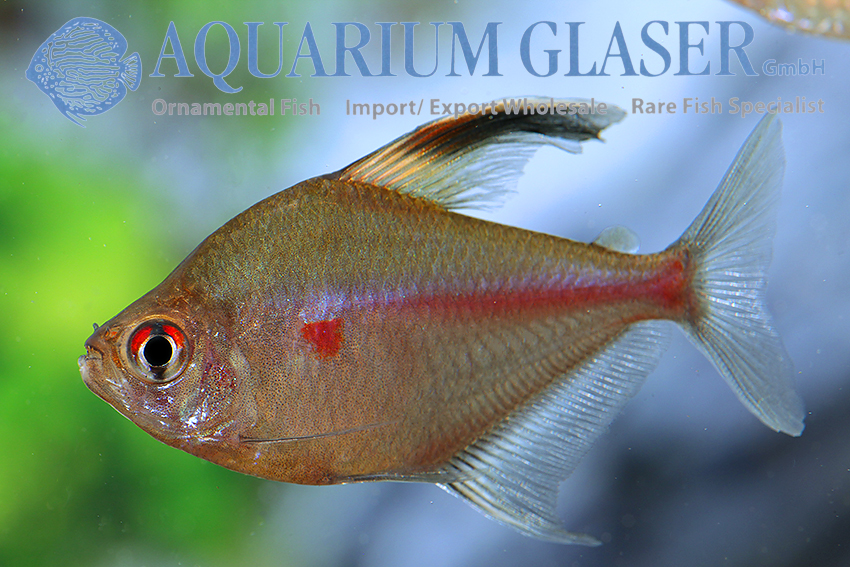
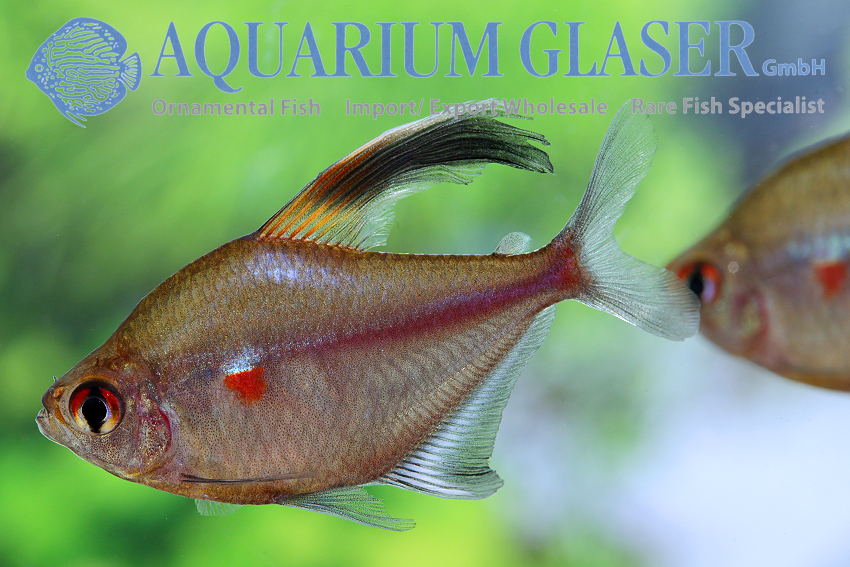
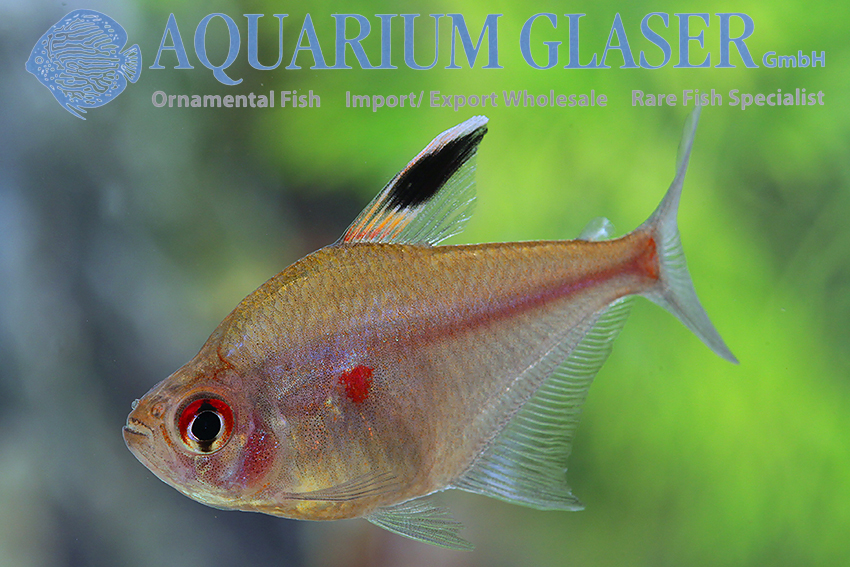
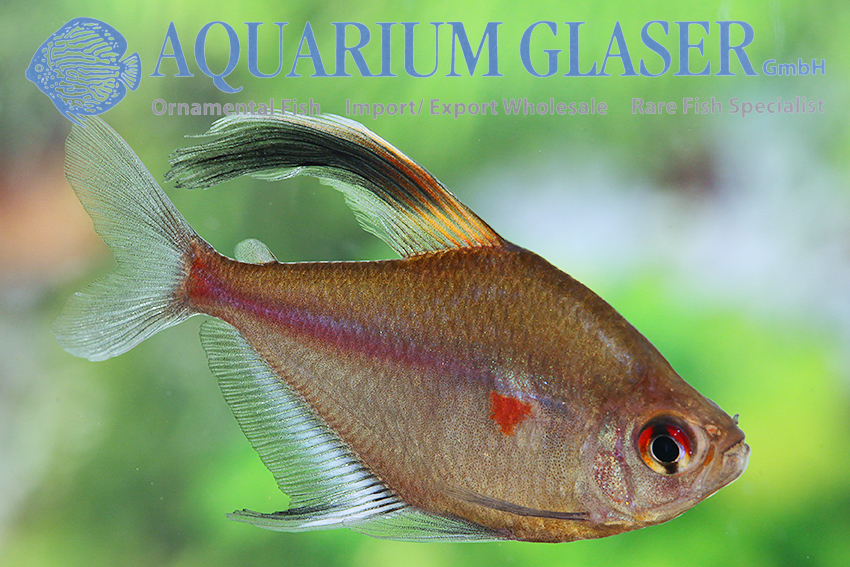
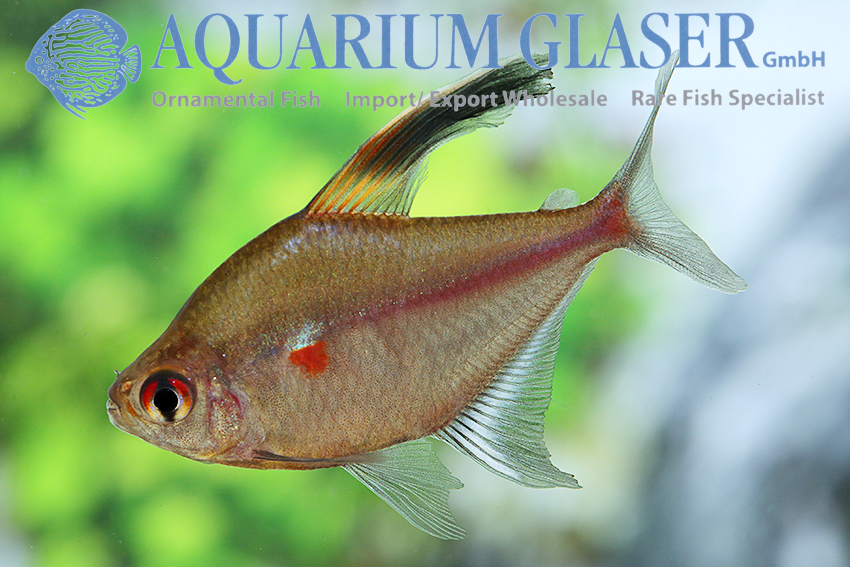
Aquarists can easily follow the reintroduction of the genus name Megalamphodus for the phantom and rosy tetras in the broadest sense. In English they are all referred to as “rosy tetras”, based on the most common species in the hobby, Megalamphodus rosaceus (formerly often referred to as Hyphessobrycon ornatus, see https://www.aquariumglaser.de/en/09-characoids-tetra-relationship/hyphessobrycon-rosaceus-ornatus-2/). Within the rosy tetras, three species are well defined, namely the bleeding hearts. There are three of them: M. erythrostigmus (https://www.aquariumglaser.de/en/09-characoids-tetra-relationship/hyphessobrycon-erythrostigma-2/), M. pyrrhonotus (https://www.aquariumglaser.de/en/09-characoids-tetra-relationship/hyphessobrycon-pyrrhonotus-2/) and M. socolofi (https://www.aquariumglaser.de/en/09-characoids-tetra-relationship/hyphessobrycon-socolofi-var-green-2/. All have a bright red shoulder spot, which has earned them the interantional name bleeding hearts.
In spring we often receive very large and fully-grown Megalamphodus erythrostigmus ( = Hyphessobrycon erythrostigma) from Peru, very magnificent fish, as is the case now. We would like to take this opportunity to point out the name changes.
For our customers: the animals have code 260107 (sh, i.e. show size) on our stocklist. Please note that we only supply the wholesale trade.
Text & photos: Frank Schäfer




